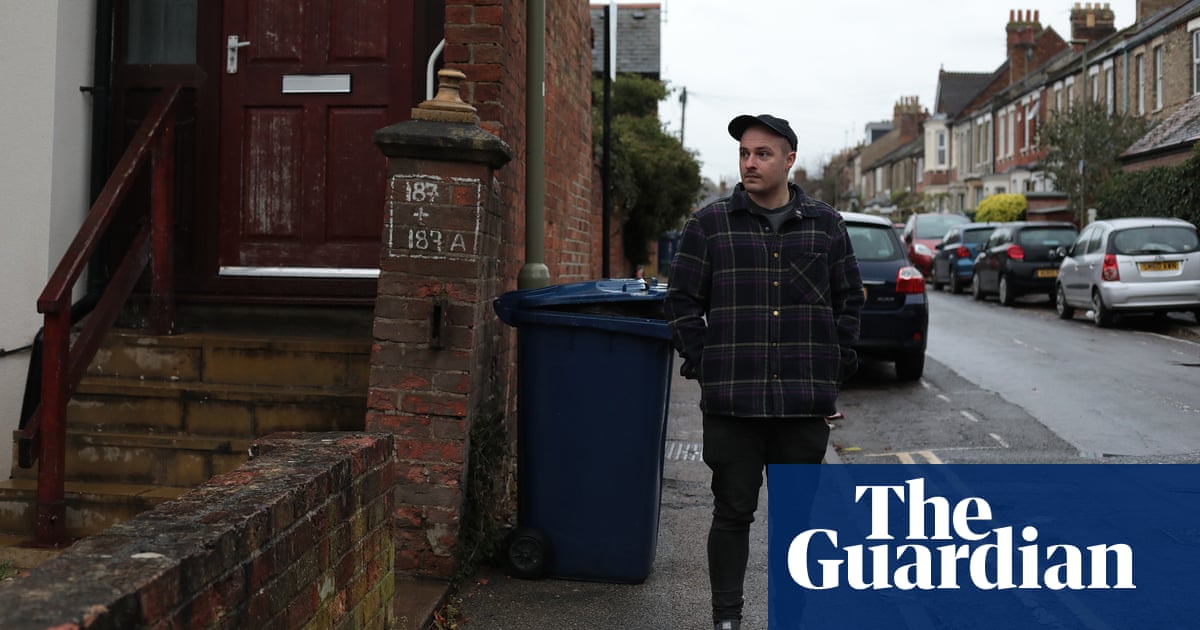
Most of the 1,700 people who live in a wedge of housing between Iffley Road and Cowley Road in Oxford enjoy relative comfort. There are smart cafes, attic conversions and shops selling high-end bicycles to students and academics attending the world-famous university just over Magdalen Bridge.
In the bald terms of the official 1-10 index of multiple deprivation, it scores a six when the most deprived areas of the country score one. But combing through the 2021 census among the people in this neighbourhood, the new ethnic group deprivation index (EGDI) reveals an otherwise hidden cluster of people who experience significant economic hardship.
Chris Jarvis, the local Green party city councillor, is among local politicians intrigued by this new way of looking. Over the years, large areas of deprivation in Oxford, such as the Blackbird Leys estate, have attracted major investment, he explained. But “there are small pockets of deprivation that have been left behind – they are not quite big enough to attract the big investment, but there are communities there that are really struggling”. There are hints in the clusters of doorbells around a single front door and the front yards teeming with bins.
Councillors are often lobbied for help only by communities that have “the skills and cultural capital to reach out”, so “being able to identify, on a granular level, where there are specific issues that need tackling is incredibly useful”.
The Queen’s University Belfast academics behind the EGDI believe the largest minority group in Jarvis’s patch is 240 people who identified to the census as “other Asian”. These households show up as markedly more deprived in terms of housing – which often means overcrowding – and education and score just one on the EGDI. By contrast the white British in the area score 10 for education and seven for housing.
Examining an EGDI map of his patch he identifies a social housing block where these people might be and sure enough, when a resident leans out of a window and the Guardian explains about the search for pockets of hidden deprivation, she shouts down: “It’s here!”
She wastes no time in complaining to the councillor about overcrowding and disrepair in the block.
Others in the wider area say there are clusters of East Timorese people living in overcrowded shared housing, often with friends and without contracts. They often work long hours in insecure work.
Along the street, Zainab Raza, who runs a shop selling Asian clothing, said she was “shocked” to hear that the census analysis showed a cluster of highly deprived people in the area.
“I was really surprised to hear that this area was deprived of anything,” she said. The new index might be a first step to changing that assumption.












